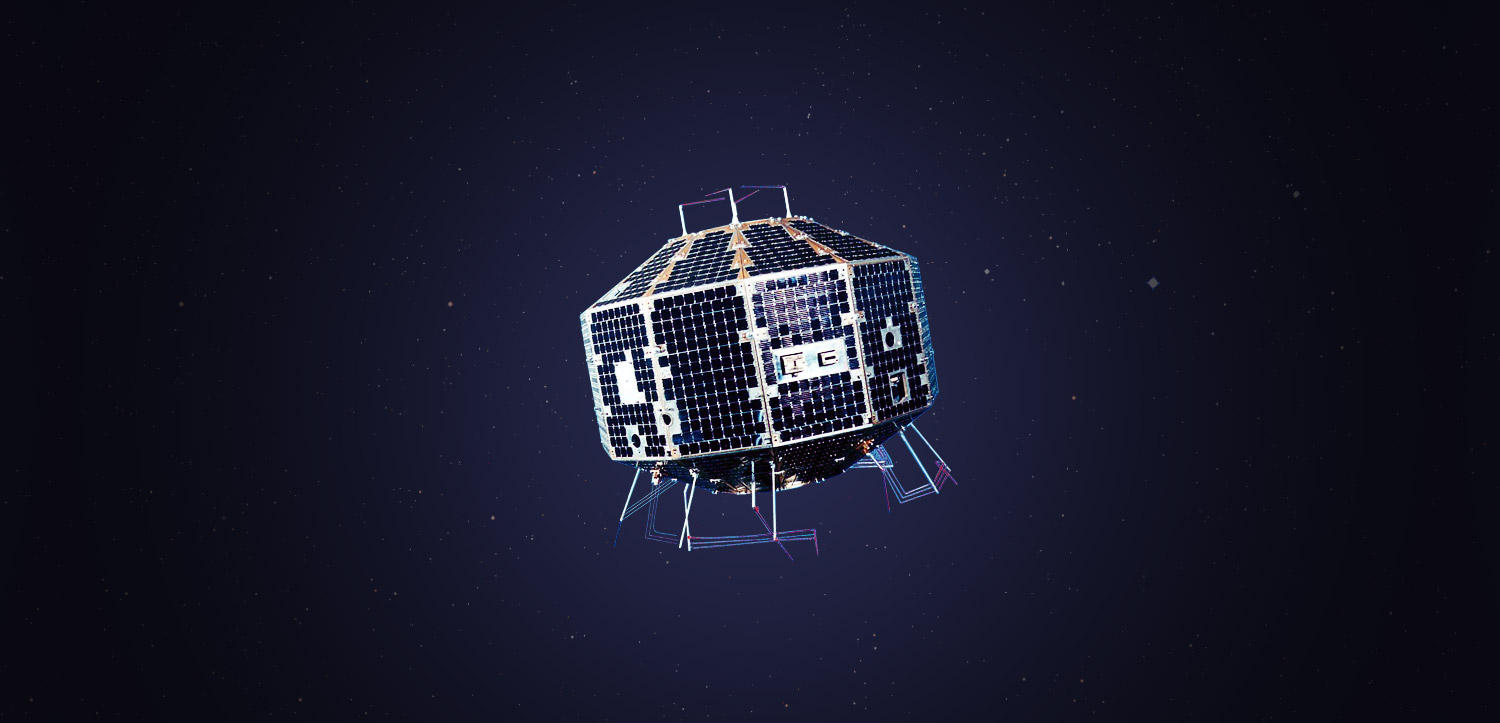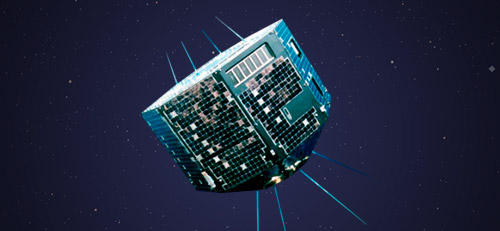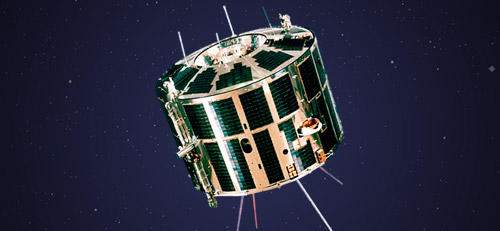| Name (pre-launch in parentheses) | JIKIKEN (EXOS-B) |
|---|---|
| International Designation code | 1978-087A |
| Objectives | 1.Research on the region from the plasmasphere to the deep magnetosphere (region from 60,000 to 70,000 km from the earth) 2.Participation in the International Magnetospheric Study (IMS) conducted from 1976 to 1979. |
| Launch Date | 14:00, September 16, 1978 (JST) |
| Launch Location | Kagoshima Space Center (Uchinoura) |
| Launch Vehicle | M-3H-3 |
| Weight | 90kg |
| Shape | 60cm high, 75cm long from face to face 50m- and 30m-long antennas with sensors |
| Orbital Altitude | Perigee 220 km, Apogee 30,100 km |
| Orbital Inclination | 31° |
| Type of orbit | Highly elliptical |
| Orbital Period | 524 min |
| Scientific Instruments | Particle energy monitor Electron beam radiation experiment instrument Data processing unit (DPU) |
| End of Operation | 1985 |
| Reentered Date | From September 23, the antennas started to extend but full extension was prevented by problems such as the rise in temperature of the control circuit. Antenna deployment was stopped when the two pairs of antennas reached the same length. |
| Operation | One month after launch, all the instruments became operable and full scientific observations started. The satellite retrieved data on the mechanism of auroral kilometer radio wave and the formation of plasma pose. JIKIKEN was used to develop a picture of wave-particle interaction in the magnetosphere. Communications and data exchange were also carried out with foreign scientific satellites such as GEOS. In addition, the satellite succeeded in receiving low-frequency signals transmitted from the Antarctic, thus contributing to research on the interaction between plasma and wave in the magnetosphere. |



